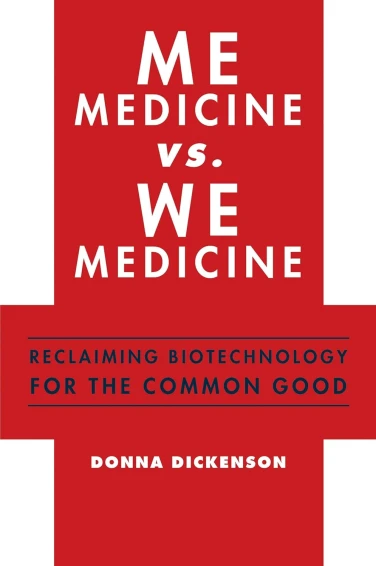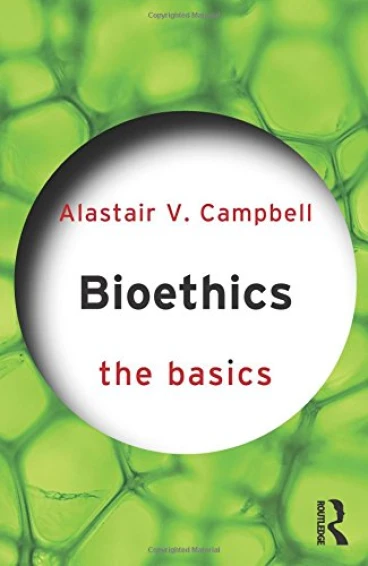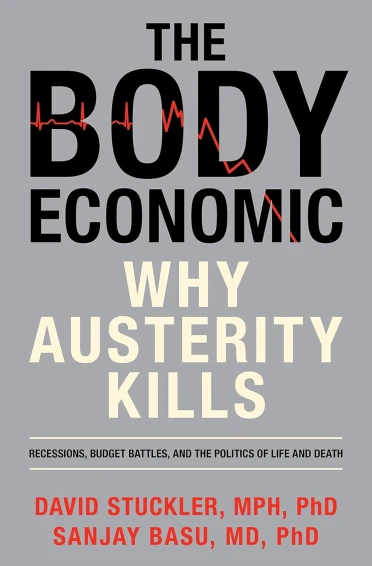
By Rebecca Skloot
Pan Macmillan: London, 2011
RRP: £7.99
ISBN: 978-0-330-53344-7
384 pages (sb)
‘Why is everyone talking about Henrietta Lacks?’ read the series of posters which have greeted me on my recent commute into London. The posters were referring to the latest book by Rebecca Skloot on the medical marvel behind the HeLa cell lines. I had first become aware of the book through some of my American friends who had waxed lyrical about the book and its potent and moving account skilfully set out by Skloot. I therefore thought it was about time for me to pick up a copy and read it for myself.
The Story
Henrietta Lacks was a vivacious woman who was only 31 years when she died in 1951 in John Hopkins Hospital, Baltimore on what was referred to then as a "coloured ward". Without doubt Henrietta was a family person and loved by all, owing much to her lively and open-hearted personality. Juxtaposed to this is the fact that Henrietta died in intractable pain with the autopsy of her body riddled with tumours. Despite the fact that she was given palliative care towards the end of her life, what is striking is the fact that no one explained the situation to her family who continued to believe and hope she might be cured. Her husband and five children, the youngest of which was only a baby, survived her.
The pivotal issue which made Henrietta so important was the fact that she left a slice of tissue which was excised from the cervical cancer that was her primary tumour. It was from this sample that her cells were cultured; a feat which literally signalled a revolution. Prior to this point in time, researchers had found it extremely problematic to try and keep alive fragile human cell lines. In contrast to this Henrietta’s cells were found to be significantly robust and multiplied at an astonishing rate revolutionising research on human tissue. Following the laboratory convention at that time, the cell line became known as HeLa (the name formed from the first letters of Henrietta’s first name and surname) and were bought and sold the world over by various research teams and used in various research projects including the polio vaccine, leukaemia, Parkinson’s diseases and AIDs. Even advances in atomic warfare have been helped by HeLa cells. Their unparallel versatility allowed the cell cultures to be frozen and their development paused and restarted, effectively making experiments on live animals redundant. If this is not significant enough perhaps the most amazing fact is that literally trillions of Henrietta’s cells are still alive - a figure far larger than ever grew in Henrietta’s actual body.
Use of human tissue
At this point clearly the ethical questions surrounding medical practice and informed consent surrounding the use of human tissue begin to emerge, not least when the woman who actually generated them remains largely unknown and neither her nor her family gained from the financial incentives and benefits surrounding the HeLa line. As Skloot makes clear - and this is perhaps the key point of the book for contemporary society – the question of payment for human tissue is still an unresolved issue. Starkly, researchers and medical staff are not obliged or required to obtain a patient’s consent to store cells and tissue from a diagnostic procedure for later use in research purposes. It is against this background that many will experience outrage and the impact of Henrietta’s story. There is some inherent feeling in each of us which causes us to think that we own our bodies. In actual fact we do not. As Prof Donna Dickenson explains in her book - Body Shopping - our bodies are not the subject of property rights in any conventional sense. We possess a right to give or withhold consent to an operation but this is different to controlling the use of any tissue removed during the procedure. Once tissue has been removed from the body, under common law it is generally assumed that the tissue has been ‘abandoned’ by its original ‘owner’ or that it belongs to no one when it has been removed. This is what the story of Henrietta Lacks so vividly and poignantly illustrates.
Structure
The book consists of 38 chapters divided up into three parts. It is unlike your typical academic text and this is perhaps reflected in the variety of locations I have found it within bookshops. Sometimes it is shelved under medicine, or popular science and then plainly non-fiction. In many respects the last may be more apt and beneficial in terms of ensuring the book comes to the attention of a broad audience. It is quite definitely non-fiction but read in today’s world it can seem like a work of fiction. Did this kind of thing happen in the past? Am I kidding myself that it still could happen today? These are just a selection of some of the questions which came to my mind as I read through the book and may also be the basis for other reviewers to have concluded reads more like a novel. I would not go that far but it certainly has more of a humane perspective as opposed to a dry, scientific account and analysis.
One cannot fail to appreciate the many years of research that have been undertaken in order that the book could come to fruition, research that undoubtedly has had to be undertaken with much perseverance at points along with tact, wisdom and respect for family members. Critics have said that the book is marred only slightly by the fact that the author tends to set herself up as the heroine of the day for having written the book and brought to the story of Henrietta to a wider audience. I can see what they mean; there are points which this sentiment does begin to rear its head. However, it did not mar my enjoyment of the book and may well reflect the passion and enthusiasm for the topic the author undoubtedly shares for the story.
Moreover, those coming to the book with an anthropological background will probably appreciate the ethnography with its labour intensive field work undertaken by Skloot in recording family accounts of Lack’s life. In the case of this particular book it helps to put a human face on an issue which has gone largely unnoticed for some time. It is this that makes the book such a compelling read. This is not a book which simply recognises Henrietta as the originator of a particular cell line and discusses the ethical and social implications of that line. Rather the author paints in glorious technicolour the life and times of Henrietta Lacks, weaving in the themes of colour, race, class, superstition alongside that of medicine and science. This is probably no more prominently displayed than in the account of Henrietta’s autopsy. A lab assistant glanced at Henrietta’s painted red toes and thought,
Oh jeez, she’s a real person….I started imagining her sitting in her bathroom painting those toenails, and it hit me for the first time that those cells we’d been working with all this time and sending all over the world, they came from a live woman. I’d never thought of it that way.
Wisely I think Skloot addresses the ethics of the use of human tissue in a separate chapter towards the end of the book as opposed to trying to incorporate this as a theme running throughout the book. This may have complicated and adversely affected the flow of the narrative and lost the impact of the story. Consequently, the ‘Afterword’ works well as pertinent set of reflections and comments on this issue and sets the context for the impact of Henrietta’s story today. Skloot offers a particularly lucid and well articulated overview of the legal perspectives and implications surrounding the use of human tissue, referring to the cases of John Moore, Ted Slavin and the Native American Havasupai Tribe. If you are not familiar with these cases then this chapter will certainly provide a good introduction to them and may well act as fuel for more detailed and in depth research. Perspectives from prominent legal figures such as Lori B. Andrews, Ellen Wright Clayton and David Korn also feature.
Conclusion
The Immortal Life of Henrietta Lacks is an absolutely fascinating read and is a book which should appeal to a broad cross section of people. In particular, it will be of interest to those interested in medical and scientific research as well as medical and social anthropologists. But perhaps the key value of the book which would cause me to recommend it to others is that it issues an important reminder to us all in our biotech era. With all the ground breaking advances in technology and science in this field, human beings and life continue to be at the centre of much of what helps to make these advances possible, not least in terms of the use of the HeLa cell line. For they may be at one level a collection of cells, but they are a collection of cells from a real human body, a real human life.










